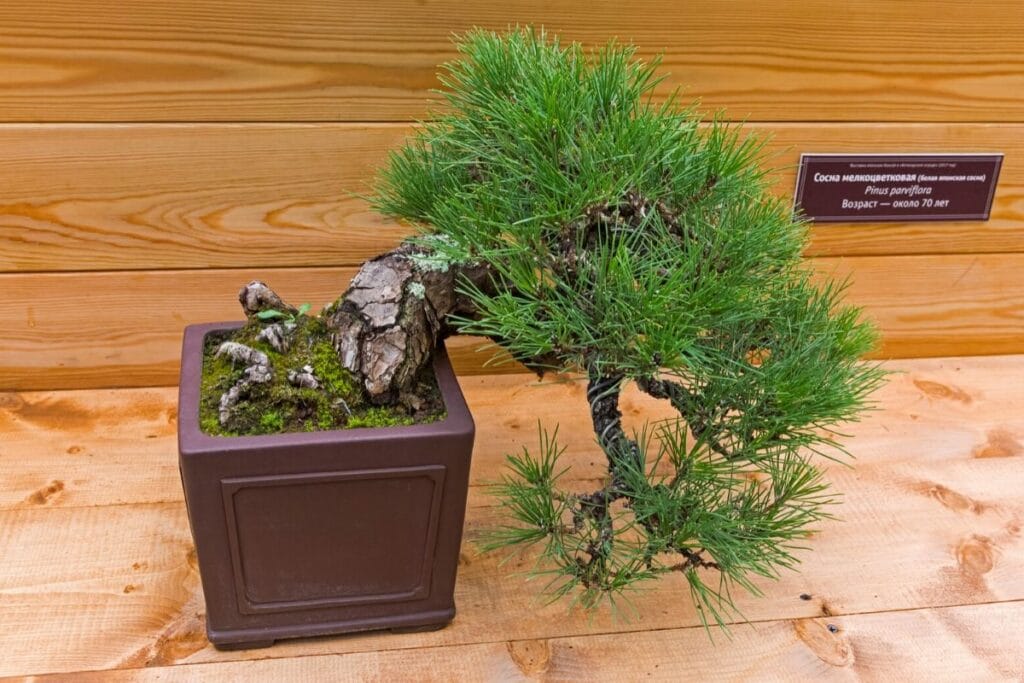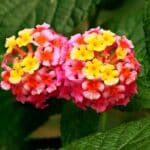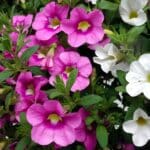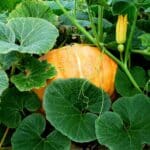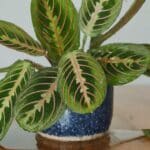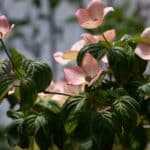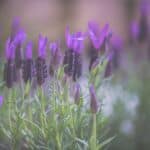If a classic bonsai plant is what you have in mind, you may want to consider growing the Japanese Black Pine bonsai. This quintessential bonsai plant is a vigorous grower that’s commonly found growing at its full height in Japanese ornamental gardens and parks.
This plant is a very forgiving species, making it the opportune bonsai specimen for novice growers. If you’re new to growing bonsai, here’s everything you need to know about cultivating the Japanese Black Pine bonsai.
Interesting Facts about Japanese Black Pine Bonsai
| Height | 26” |
| Width | 32” |
| Sunlight | Full sun to partial shade |
| Flowering Time Length | Springtime |
| Lifespan | 60-100 years |
| Scientific name | Pinus thunbergii |
Types of Japanese Black Pine
In the wild, or when grown as a full-sized plant, Japanese Black Pine can grow up to 25 feet tall and 35 feet wide. There are more than 110 species in the Pinus genus, but the Japanese Black Pine tree is the only one of its kind.
Growing Japanese Black Pine Bonsai from Seed
Similar to some other bonsai trees, Japanese Black Pine bonsai can be grown from seeds. You should sow seeds in light sand in the early spring.
Soak the seeds in water for about 48 hours this will speed up germination and help you rule out seeds that are not viable. Seeds that will not produce and germinate will float in the water and can be removed.
You can also propagate Japanese Black Pine bonsai from cuttings or by grafting, but this is less common.
How To Care For Japanese Black Pine Bonsai
No matter how you choose to care for your Japanese Black Pine bonsai, you’re sure to reap the rewards of owning these healthy trees.
Their remarkable tolerance for less-than-ideal conditions shines through in their lovely dark green needles, each reaching a stunning five inches in length and elegantly clustered in pairs.
Each needle is about five inches long, clustered in pairs. You can easily reduce the needle size if you prune your plant regularly.
This plant has a gorgeous silhouette, with branches often outgrowing their central leaders. You’ll love the multi-stemmed appearance of this tree, which is accentuated by purple-gray bark that becomes even more craggy with age.
Sunlight
Because Japanese Black Pine bonsai does not like intense heat, particularly around the root system, it’s important that you consider your climate when you are selecting the best growing location.
If you live in a warm environment, choose a partially shaded location. If you are growing in a cooler climate, a sunny region can be selected. Just make sure there is good circulation for your plant. If you are growing this bonsai plant indoors, turn it on a regular basis so that light can get to all crevices and parts of the foliage.
Watering
Like most pine trees, Japanese Black Pine bonsai is a drought-tolerant plant that can safely be allowed to dry out between waterings. It is, therefore, a fantastic species for new bonsai gardeners or those seeking a more low-maintenance approach.
That said, it does require adequate drainage. If you place this plant in a tray filled with stones, you’ll be able to offer it good levels of humidity. This will keep the plant cool and slightly damp at all times.
Planting young trees in safe areas and ensuring they get plenty of water before winter can protect them from winter burns.
Fertilizing
To keep your tree healthy, you only need to fertilize your bonsai pines about once every four weeks during the active growing season. You do not need to fertilize when it is dormant, during the winter. Use an acidic fertilizer for best results.
Potting and Repotting
You can pot or repot your Japanese Black Pine bonsai in the spring. Do this before the buds begin to fall. Repot in a container that is larger than the traditional bonsai pot. This will prevent the roots from drying out in hot weather. Use a fresh soil that contains a mixture of well-draining materials like coarse sand peat.
Pine bonsai is a hardy plant that can tolerate most soil types. It can survive in stony, barren soils that are deficient of nutrients, so you don’t need to be super selective about the soil you use in your bonsai container.
Pruning a Japanese Black Pine Bonsai
You can prune your Japanese Black Pine bonsai at the end of spring. Wait until the dormant buds have fully matured, then prune by pinching off the weaker, less fully-formed buds. A week later, you can go back and remove some of these stronger ones.
Then, you can selectively remove bugs that appear later, leaving only the stronger buds.
Every other year, you can remove new candles in the spring. In the early fall, buds will appear where candles were removed. This will shorten your needles and increase the density of the foliage.
The Japanese Black Pine bonsai can also be wired back. Just make sure you don’t injure the bark.
Pests and Diseases
This pine species is exceptionally hardy. It is not prone to most pests and disease, although you may occasionally find issues with diseases like wilt and pests like aphids or spider mites. You can reduce the likelihood of attack by keeping the bonsai trees well-cared for. Eliminate stress, and you’ll be guaranteed a happy, healthy plant.
Where to Buy A Japanese Black Pine Bonsai
You can purchase Japanese Black Pine bonsai seeds from most online nurseries and wholesalers.
FAQs
Can you grow Japanese black pine bonsai indoors?
Growing Japanese black pine bonsai indoors can be challenging because these vigorous trees typically require outdoor conditions with plenty of sunlight, good air circulation, and a period of winter dormancy. If grown indoors, it’s crucial to provide the bonsai with as much sunlight as possible and simulate winter conditions by lowering temperatures during the dormant period.
Why is my Japanese black pine dying?
The reasons for a Japanese black pine dying can vary and may include issues such as root rot due to overwatering, poor soil drainage, pests, or diseases. It’s important to assess factors like watering practices, soil quality, and inspect the tree for any signs of pests or diseases to determine the specific cause of decline.
Why is my Japanese Black Pine turning yellow?
Yellowing of Japanese black pine needles can be attributed to various factors, such as nutrient deficiencies, improper watering, or pests. Conduct a thorough examination of the bonsai’s environment and address any issues related to soil nutrition, water management, and pest control to promote a healthier appearance.
How do you grow japanese black pine fast?
Yellowing of Japanese black pine needles can be attributed to various factors, such as nutrient deficiencies, improper watering, or pests. Conduct a thorough examination of the bonsai’s environment and address any issues related to soil nutrition, water management, and pest control to promote a healthier appearance.
Final thoughts
In summary, Japanese Black Pine bonsai care involves meticulous pruning, wiring, and attentive watering to nurture the tree’s distinctive beauty. The process requires patience and precision, rewarding enthusiasts with an artful miniature representation of this iconic species.
*Photo by possum/depositphotos

